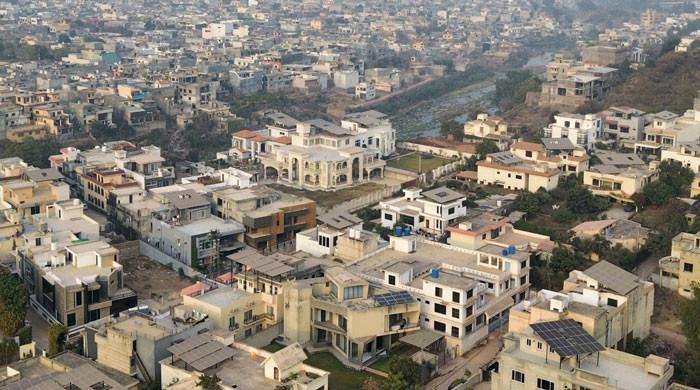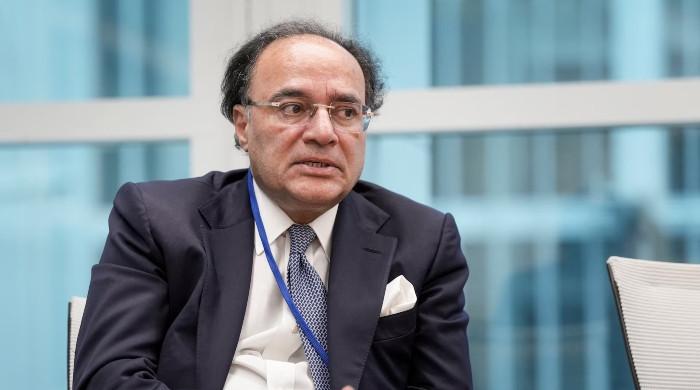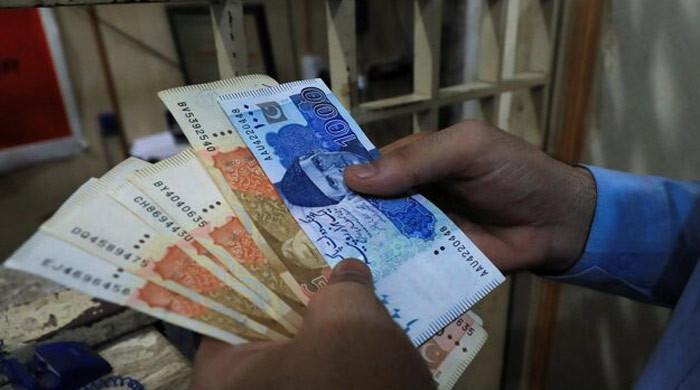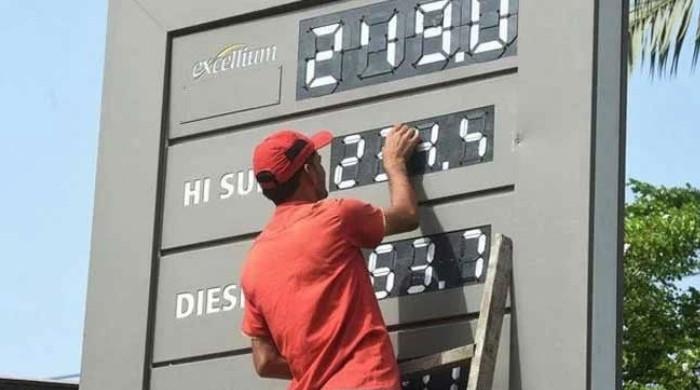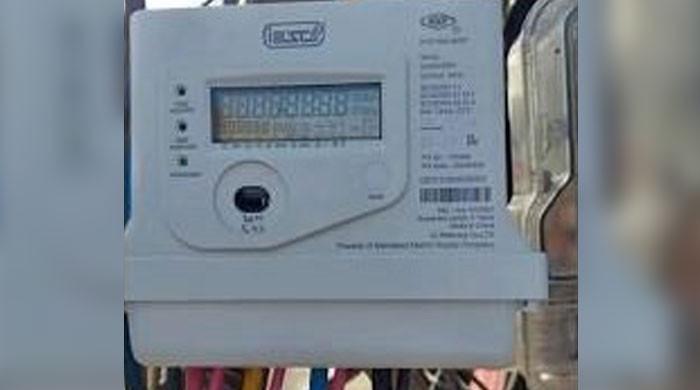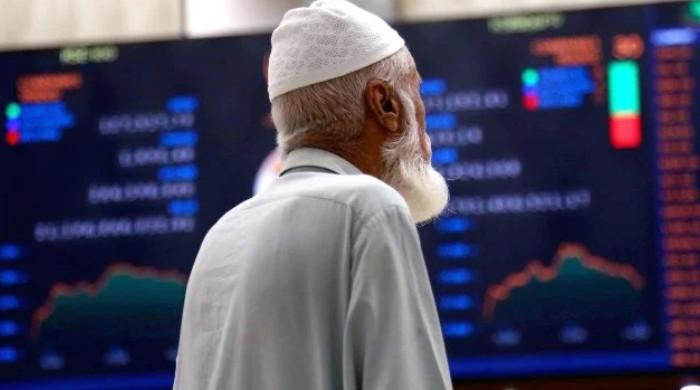Per capita income shrinks by 11.38% during Shehbaz’s govt
Size of economy in dollar terms shrinks to $341.6bn in the current fiscal year as against $375bn last year
May 26, 2023
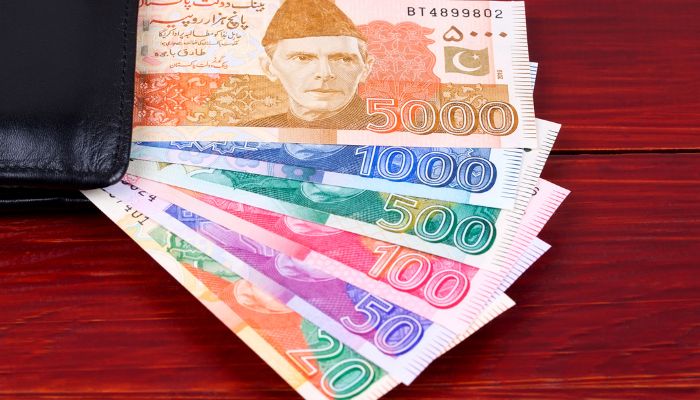
- Per capita income in dollar terms plunges to $1,568.
- Size of economy in dollar terms shrinks to $341.6bn in FY23.
- Sources say FinMin Dar did not participate in any official meetings.
The per capita income has shrunk by 11.38% during the government of Prime Minister Shehbaz Sharif, which has also failed to meet all major sectoral targets, The News reported Friday.
The country's per capita income in dollar terms has plunged to $1,568 in the outgoing fiscal year 2022-23 as against $1,766 in the last financial year.
Official sources confirmed to The News that the per capita income in dollar terms has dropped over 11%.
The size of the economy of a nation of 231.5 million people — as shared by the Pakistan Bureau of Statistics (PBS) — also shrunk in dollar terms as it decreased to $341.6 billion in the outgoing fiscal year 2022-23 as against $375 billion for the last financial year 2021-22.
Massive exchange rate depreciation coupled with the drop in the real gross domestic product (GDP) growth rate resulted in a decrease in the size of the economy in dollar terms by $33.4 billion just in one year.
The size of the economy in rupee terms stood at Rs38.927 trillion for the outgoing fiscal year 2022-23 as against Rs38.814 trillion in the last financial year 2021-22.
Growth rate confusion
The sources informed the publication that it was the first time in the country’s history that the National Accounts Committee (NAC) held its meeting without presenting any working paper mainly because there was haste in calculating the desirable growth number; changes were made in the growth figures and the working paper could not be finalised till the last moment.
Now various discrepancies have been identified reflecting that synergy could not be properly developed. Educational sector growth was shown at 10.4% in the provisional growth number of GDP, which is the highest ever growth posted by one of the neglected sectors — the last being 3.7% in the fiscal year 2017-18.
The health services sector grew by 8.5%, which is even higher than the 6.2% posted during the COVID-19 pandemic when it was the mainstay of the government and resources were diverted towards it to combat it effectively.
Other services are higher than in the last year, which is anomalous, as most of it has a fixed growth rate of the base year. How come a small component of a variable can turn around the growth number?
The wholesale and trade witnessed a negative growth of 4.46% despite negative growth of 3.2% in important agriculture crops, negative growth in large-scale manufacturing by 7.9% and massive contraction in imports.
The services sector, which contributes 58% to the growth of the country, has allegedly witnessed major discrepancies after which the growth number turned from negative to positive.
There has been another anomaly, as the government claimed in front of donors that 1.8 million animals had died in the severe floods but the livestock sector witnessed 3.78% growth.
The NAC meeting changed its timings four times on Wednesday. Initially, the PBS high-ups resisted but a meeting was convened in the Q-Block (Ministry of Finance) where two senior officials informed the relevant quarters that the growth number must be turned positive.
The GDP growth figure for the previous fiscal year was brought down from 6.5% to 6.1% and then the numbers of services and others were jacked up for the current fiscal year to turn it from a negative zone to a positive range for the current fiscal year. Because all of this happening in the background, the working paper could not be tabled in the NAC meeting.
The data released by the State Bank of Pakistan (SBP) showed that the growth should hover around a positive 0.5% of GDP in accordance with their model but when the actual numbers were run through it, discrepancies surfaced.
The sources said Finance Minister Ishaq Dar did not play any role in jacking up the GDP growth rate numbers as he did not participate in any of these official meetings.




